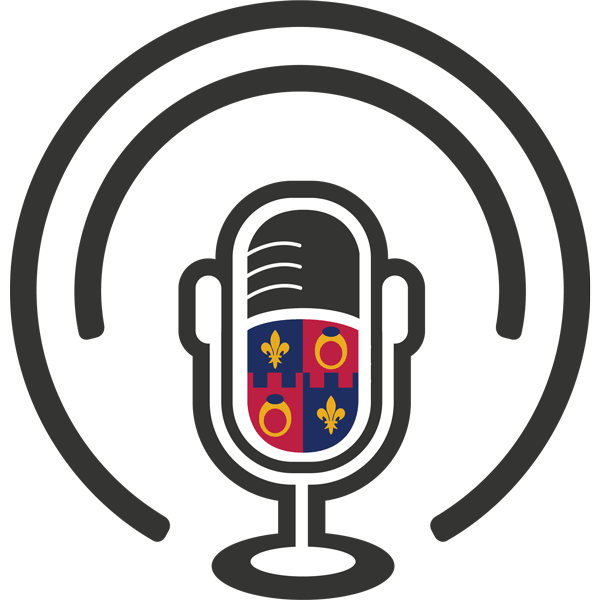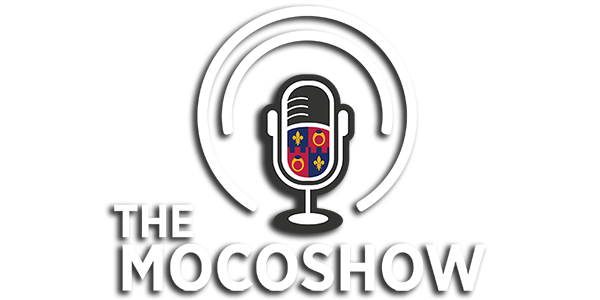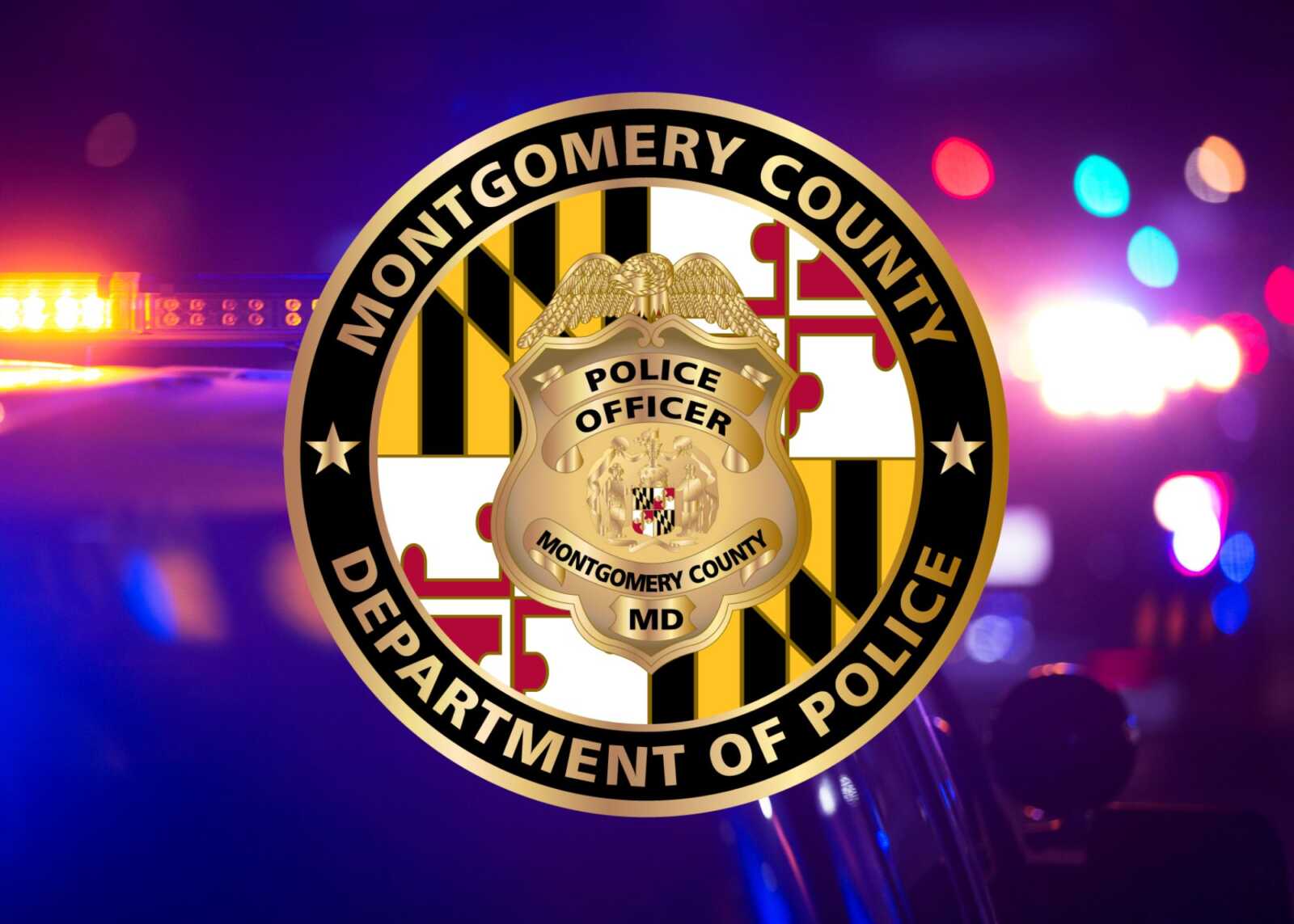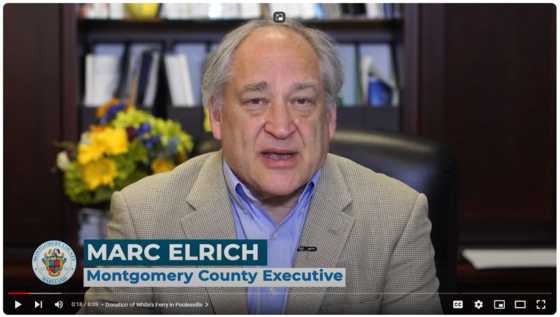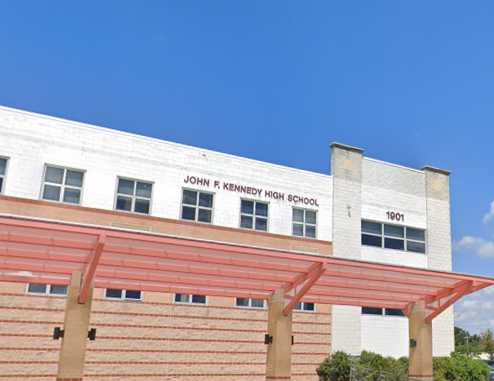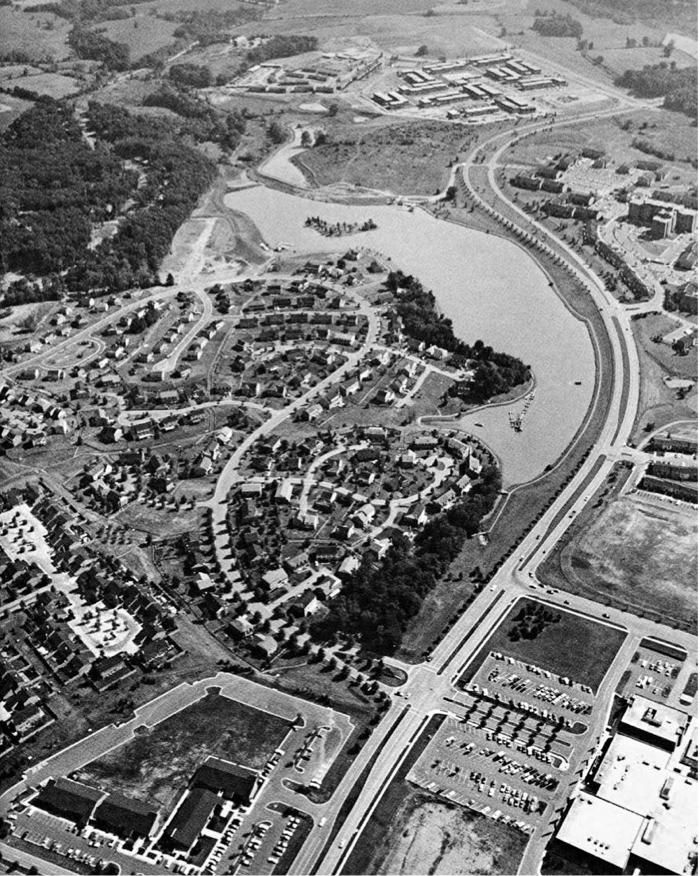
Clarence Kettler asked his brothers Milton and Charles to help him build Montgomery Village. Together, they created Kettler Brothers, Incorporated. The Kettlers’ vision for a “new town” was loosely based on the corridor cities concept envisioned in Montgomery County’s General Plan. The new town movement started in the United States after World War II and was, in some instances, a response and a remedy to overcrowding and congestion in urban areas. New towns were synonymous with “planned communities” – places that were carefully, purposefully designed from inception, usually constructed in previously undeveloped areas, with an effort toward being self-sufficient. The Washington region is home to two of the most famous planned communities in the country – Reston, Virginia, and Columbia, Maryland.
In the 1960s, the Kettler Brothers started buying farmland in the Gaithersburg area and eventually assembled more than 1,500 acres. In 1962, the Kettlers purchased the 412-acre Walker Farm adjacent to the City of Gaithersburg. This farm was their largest single property acquisition and where Montgomery Village started. Like many developers, the Kettlers named many new subdivisions in the sprawling “village” after the original farms: Walker, Thomas, Brothers Mill, French, Patton, Fulks, and Wilson. The Walker farm was developed into numerous residential communities – Walkers Choice, Cider Mill, Dockside – as well as a library, a day care center, South Valley Park, and the Montgomery Village Plaza retail center. In addition to memorializing the former farms, the Kettlers attempted to instill a sense of community identity in the names; for example, the “choice” in Walker’s Choice was meant to convey that this was a rental community; some units have since become condominiums. Stedwick means “the meadow,” or “the land that was a dairy farm.”
Watkins Mill Road was named after the Watkins family and the grist mill they operated in the area. The Kettler Brothers’ vision was to create attractive and desirable residential neighborhoods with a range of housing choices and plenty of green space and recreational opportunities, including parks, recreation centers, swimming pools, trails, and lakes. In creating a new community, the Kettlers were able to systematically plan where and how uses would interplay and function together. Locally serving retail centers were conveniently located throughout the area, along with several small office clusters and community facilities. The Village Center was planned to function as the town’s hub, a central location for shopping and community interaction. Other retail centers were located in the lower Village along Lost Knife Road and in the upper Village along Goshen Road.
Vehicular access in Montgomery Village was organized hierarchically with Montgomery Village Avenue serving as the north-south “main street.” Watkins Mill Road, along the west side of the Village, provides another north-south connector. Secondary roads such as Stedwick, Centerway, Apple Ridge, Arrowhead, and Wightman provide east- west connections. Secondary roads connect to smaller residential streets organized in a quintessential suburban pattern featuring curvilinear designs with numerous small private courts and cul-de-sacs. The Kettlers relied on the flexibility of a private street system to accommodate traffic. Houses were clustered close to the street to save space in the rear of the homes for private yards and, in some areas, to allow room for the Village’s network of public trails.
Lake Whetstone is situated along the eastern edge of lower Montgomery Village Avenue. The lake was created by a dam and is a focal landmark feature that provides a serene and peaceful panorama. The Kettlers felt so strongly about creating views of Lake Whetstone, they elevated the southbound lanes of Montgomery Village Avenue so drivers, walkers, and bikers going in both directions could take in the scenery. Lake Whetstone opened for boating and fishing in 1967. Montgomery Village also has Lake Marion and North Creek Lake.
Creating visually appealing neighborhoods was important to the Kettlers, but since much of the land they assembled had been farmed, there were few trees. The Kettlers wanted the new neighborhoods to have plenty of foliage and greenery; they moved fully grown trees into the new subdivisions so it appeared that the trees were original features of the landscape. With a special machine, the Kettlers brought in 10,000 fully grown pin oak trees and planted them in Whetstone and Stedwick and along Montgomery Village Avenue. Today, the Village’s neighborhoods are set among an abundance of mature, stately trees, and slightly rolling hills.
Montgomery Village’s housing types include apartments, condominiums, townhouses, single-family homes, and
a senior assisted living facility. Such a diverse spectrum of housing options- from rentals, to townhouses, to the large homes fronting Lake Whetstone- was unique among residential developments in the 1960s. When the Kettlers began building, residential condominiums were not common and townhouses were often referred to as row houses, which were common in cities, but not yet very familiar to suburbanites. The Kettlers pioneered the “back-to-back townhome” in the Village as an affordable housing option, available at a lower cost for first-time purchasers. The pattern of residential development is denser in the lower Village near existing, established, and more urban areas. As development proceeds to the north, it is less dense, characterized by townhomes and single-family residences in the upper Village adjacent to the County’s Agricultural Reserve.
Photo and information provided by Montgomery Planning.
Recent Stories
17th Annual Kensington Day of the Book Festival
Now in its 17th year, the Kensington Day of the Book Festival is a family-friendly street festival featuring 150+ renowned authors, poets, and literary organizations. Enjoy live music on five stages, special guest speakers, military veteran writers and comedians, poetry readings, cookbook demos, children's program, and much more.
Admission is free, and attendees will also be able to explore a marketplace of books and food offerings from local vendors.
Not your average book festival! This festival offers something for everyone!
17th Annual Kensington Day of the Book Festival
Sunday, April 21, 2024, 11am-4pm (held rain or shine!)
Howard Avenue, Kensington, MD 20895
www.dayofthebook.com
Instagram: @kensingtonbookfestival
Contact: Elisenda Sola-Sole, Festival Director
301-949-9416 (text preferred)
FEST OF SPRING Caribbean Wine Food & Music Festival
Get ready to experience the vibrant colors, tantalizing flavors, and infectious rhythms of the Caribbean at the FEST OF SPRING Caribbean Wine Food & Music Festival! Hosted by RHU LLC, this exciting festival is set to take place on May 18, 2024, at the picturesque 16700 Barnesville Rd in Boyds, MD.
Step into a world where the Caribbean spirit comes alive! From 12:00 PM onwards, immerse yourself in a sensory journey that celebrates the unique culture, cuisine, and music of the Caribbean. Whether you're an African American, a Reggae or Soca music enthusiast, a wine lover, or part of the vibrant Caribbean diaspora, this festival promises to delight and captivate you in every way.
Let the enticing aromas of mouthwatering Caribbean dishes tantalize your taste buds. Feast on traditional delicacies prepared by expert chefs, showcasing the rich and diverse culinary heritage of the Caribbean. Indulge in flavorful jerk chicken, succulent seafood, and delectable plantain dishes that will transport you straight to the islands.
Accompanying the culinary extravaganza is a carefully curated selection of premium wines, ensuring the perfect pairing for your palate. Sip on fine wines from renowned vineyards, each sip a reflection of the Caribbean's vibrant spirit. Discover new flavors, expand your wine knowledge, and savor unforgettable moments with every glass.
As the sun sets, get ready to groove to the infectious rhythms of Caribbean music. Feel the pulsating beats of reggae, soca, dancehall, and calypso, moving your body to the lively melodies. Live performances by talented musicians and performers will keep the energy high, ensuring a night of unforgettable entertainment.
Don't miss this opportunity to embrace the Caribbean spirit and celebrate the arrival of spring in style! Tickets are available on AllEvents, so secure your spot today. Join us at the FEST OF SPRING Caribbean Wine Food & Music Festival, where cultures collide and unforgettable memories are made.
LIVE PERFORMANCES By: CULTURE Feat. Kenyatta Hill, EXCO LEVI, IMAGE BAND, RAS LIDJ REGG'GO with Special Guest SUGAR BEAR FROM E.U. & MORE! & MORE!
MUSIC By: DJ ABLAZE, DJ SMALLY & NAJ SUPREME
2 NIGHT Camping packages available: RV/CAMPER $200 | TENTS $150 Starting on Friday May 17 @ 5pm | 30 RV SPACES | 30+ TENT SPACES
KIDS 12 & UNDER FREE!!!
